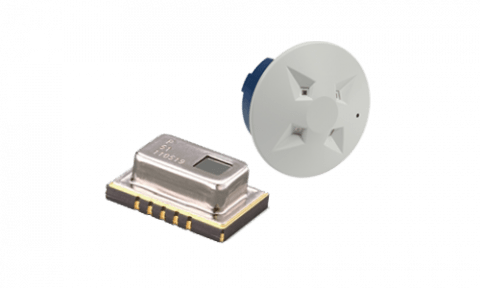
Temperature Sensors
Temperature sensors are crucial components in industrial automation, used to monitor and regulate heat levels in a wide range of processes. These sensors measure temperature through various technologies, such as thermocouples, resistive temperature detectors (RTDs), thermistors, and infrared sensors. Each type offers specific benefits, making them versatile tools for industries like manufacturing, chemical processing, food production, and energy management.
Thermocouples, one of the most common types, generate a voltage in response to temperature changes and are valued for their wide range and durability. RTDs, which change resistance with temperature, offer greater accuracy and stability, especially in applications where precision is critical. Thermistors, with their quick response times, are ideal for smaller, more delicate systems. Infrared sensors, on the other hand, measure temperature without direct contact, making them perfect for measuring the heat of moving objects or in environments where direct contact is not feasible.
The real-time data provided by temperature sensors is essential for maintaining product quality, ensuring safety, and optimizing energy use. For example, in the food industry, maintaining precise temperatures during cooking and refrigeration is crucial to ensure safety and prevent spoilage. In the chemical industry, where reactions are highly temperature-dependent, even slight variations in heat can affect product consistency and safety.
Temperature sensors also play a critical role in equipment protection, preventing overheating of machinery, motors, and electronic components in manufacturing plants. By providing early warnings of potential overheating, they help avoid costly downtime and equipment failure.
In conclusion, temperature sensors are indispensable in industrial automation, offering precise and reliable data for controlling heat-dependent processes. Their versatility and range of applications ensure optimal performance, safety, and efficiency across multiple industries, making them a key component in modern industrial systems.
